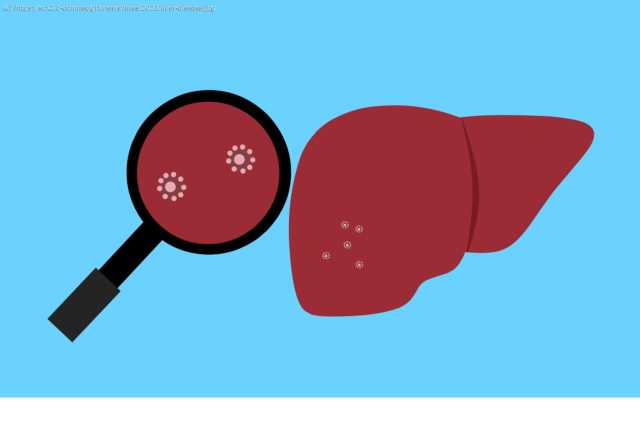Scientists at UC San Francisco (UCSF) have developed a new way of looking at sex-biased diseases that is rooted in evolutionary biology.
October 20, 2022
Scientists at UC San Francisco (UCSF) have developed a new way of looking at sex-biased diseases that is rooted in evolutionary biology.
They theorize that males and females took opposing paths in a tradeoff between immunity and metabolism that occurs in the liver. This helped males fight bacterial infections from wounds received in dominance fights, while helping females store subcutaneous fat to survive when food is scarce.
Working in mice, the scientists delineate the activity of a signaling pathway that regulates lipids, storing fat in the liver in males and releasing it into the bloodstream in females. This pathway also responds to growth hormone.
This phenomenon may have shaped male biology in ways that hold risks in today’s high calorie environment. The findings have particular relevance for fatty liver, which affects a quarter of the U.S. population. It is seen predominantly in men until women reach menopause.
“Scientists have only recently started to understand there are these profound differences between males and females,” said Holly Ingraham, Ph.D., Herzstein Professor of Molecular Physiology at UCSF and co-senior author of the study, which appears Oct. 21, 2022, in Science. “Understanding these differences is going to be the key to unlocking therapeutics for sex-biased diseases. Fatty liver is one example.”
The experiments found that male mice were three times more likely than females to survive infection with the bacteria E.






